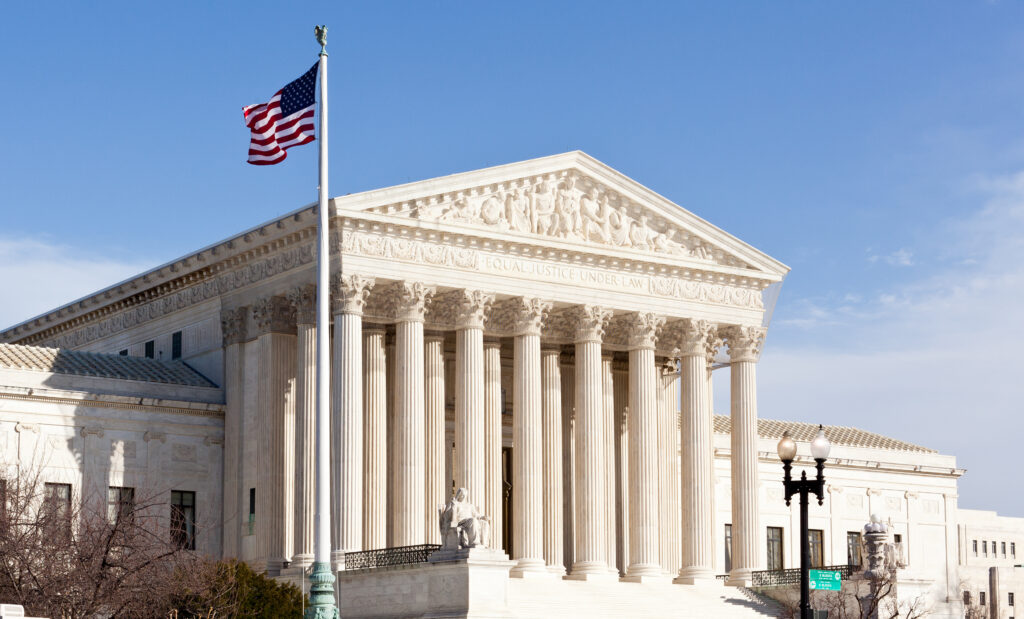Texas Dismemberment Abortion Ban Headed to Trial
The Texas law banning dismemberment abortions is heading to trial. A federal court in Austin, Texas has scheduled the law, known as S.B. 8, for a bench trial starting November 2, 2017.
Texas Governor Greg Abbott signed S.B. 8 on June 6, 2017.
Under S.B. 8, “A person may not intentionally perform a dismemberment abortion unless the dismemberment abortion is necessary in a medical emergency.”
S.B. 8 defines the term “dismemberment abortion” as
an abortion in which a person, with the purpose of causing the death of an unborn child, dismembers the living unborn child and extracts the unborn child one piece at a time from the uterus through the use of clamps, grasping forceps, tongs, scissors, or a similar instrument that, through the convergence of two rigid levers, slices, crushes, or grasps, or performs any combination of those actions on, a piece of the unborn child’s body to cut or rip the piece from the body.
“The term does not include an abortion that uses suction to dismember the body of an unborn child by sucking pieces of the unborn child into a collection container.”
“The term includes a dismemberment abortion that is used to cause the death of an unborn child and in which suction is subsequently used to extract pieces of the unborn child after the unborn child’s death.”
Plaintiffs challenging the law assert that the term dismemberment abortion “is not a medical term that is used by physicians or that appears in any medical literature.” However, those same plaintiffs admit that “the definition in the statute clearly prohibits a procedure referred to in the medical profession as dilation and evacuation or ‘D & E.’”
The dilation and evacuation or “D & E” method of abortion was discussed in graphic detail by U.S. Supreme Court Justice Anthony Kennedy in his dissenting opinion in the 2000 Supreme Court case of Stenberg v. Carhart.
The following bullet points set out quotations from Justice Kennedy’s dissenting opinion in that case (I have omitted internal citations).
- Justice Kennedy: “As described by Dr. Carhart, the D&E procedure requires the abortionist to use instruments to grasp a portion (such as a foot or hand) of a developed and living fetus and drag the grasped portion out of the uterus into the vagina.”
- Justice Kennedy: “Dr. Carhart uses the traction created by the opening between the uterus and vagina to dismember the fetus, tearing the grasped portion away from the remainder of the body.”
- Justice Kennedy: “The fetus, in many cases, dies just as a human adult or child would: It bleeds to death as it is torn from limb from limb.”
- Justice Kennedy: “The fetus can be alive at the beginning of the dismemberment process and can survive for a time while its limbs are being torn off.”
- Justice Kennedy: “Dr. Carhart has observed fetal heartbeat via ultrasound with ‘extensive parts of the fetus removed,’ and testified that mere dismemberment of a limb does not always cause death because he knows of a physician who removed the arm of a fetus only to have the fetus go on to be born ‘as a living child with one arm.’”
- Justice Kennedy: “At the conclusion of a D&E abortion no intact fetus remains. In Dr. Carhart’s words, the abortionist is left with ‘a tray full of pieces.’”
Seven years later, writing for the Court in the 2007 Supreme Court case of Gonzales v Carhart, Justice Kennedy once again described the D&E abortion procedure in graphic detail.
In enacting S.B. 8, Texas seeks to ban the horrific method of committing abortion described by Justice Kennedy. Under S.B. 8, an abortionist seeking to use the dismemberment method of abortion would first have to kill the baby and then dismember the baby; dismemberment cannot be the method used to kill the baby. As the State of Texas writes in one of its court filings (Docket No. 41 at page 2), “The challenged provisions of [S.B. 8] require abortion providers in Texas to cause the death of a living fetus before dismembering it so that they are not performing a ‘dismemberment abortion.’”
Plaintiffs challenging S.B. 8 assert that “dilation and evacuation abortion, or D & E,” is “the safest and most common abortion method used after approximately 15 weeks of pregnancy.”
Plaintiffs argue that by banning this abortion method Texas S.B. 8 “violates Plaintiffs’ patients’ right to liberty and privacy as guaranteed by the Due Process Clause of the Fourteenth Amendment to the United States Constitution” because it “imposes an undue burden on women seeking to terminate a pregnancy before viability.”
Plaintiffs’ recitation of the words “before viability” is a clear reference to the so-called “viability rule” created by the U.S. Supreme Court in Roe v. Wade and affirmed in Planned Parenthood v. Casey. Under the viability rule government may not prohibit abortion before viability.
As I argued in my paper for the Lozier Institute titled The Constitutional Viability of Five-Month Abortion Laws, “[t]he viability rule is unworkable, arbitrary, unjust, poorly reasoned, inadequate, and extreme.”
To the extent that dismemberment abortion bans create a conflict with the viability rule, those laws present an opportunity for the Supreme Court to revisit the viability rule and then revise it or reject the rule altogether and replace it with a more just, more legally defensible standard.
The case is titled Whole Woman’s Health v. Paxton with number 1:17-cv-00690-LY. It is being litigated in the Austin Division of the U.S. District Court for the Western District of Texas with Judge Lee Yeakel presiding. The Court has issued a temporary restraining order that temporarily blocks enforcement of the law, which had been scheduled to take effect on September 1, 2017.
Thomas M. Messner, J.D., is a Senior Fellow in Legal Policy at the Charlotte Lozier Institute.






















